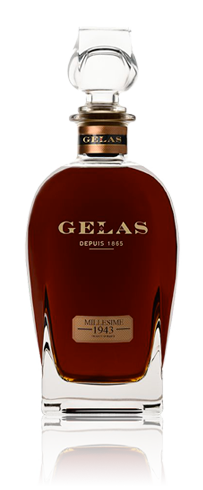
En cliquant sur Continuer, je certifie avoir plus de 18 ans.

En cliquant sur Continuer, je certifie avoir plus de 18 ans.
Vintage Armagnacs are Bas-Armagnacs coming exclusively from the year of harvest stated on the label. They have been aged for at least
10 years. Describing specific features related to ageing is difficult, because the conditions in which these Armagnacs are made and aged can be very different from one eau-de-vie to the next.We can nevertheless describe the way these eaux-de-vie develop as they get older.

Bas Armagnacs between 10 and 15 years old are hallmarked by pronounced floral aromas combined with ageing aromas, with a golden hue.
Bas Armagnacs that are 25 years old are hallmarked by hints of leather, roasted coffee and spices with an amber gold color
the complexity of the exchanges between wood and eau-de-vie are there with hints of rancio
they mainly have an Ugni Blanc and Baco dominant. The rancio dominates in these Bas Armagnacs as they approach a combined quintessence of wood and eau-de-vie.
Bas Armagnac around 60 years old: these are essentially Baco with a little Ugni Blanc. Here we are at the apex of exchanges and the wood has provided its full quota of tannins and its aromas; it is time to decant the eaux-de-vie into glass demijohns in a place out of the light, where these Bas-Armagnacs Gélas will continue to age in storehouses—chais—built by Baptiste Gélas in 1875: Their development in glass demijohns will help to harmonize the aromas and preserve the rancio.- Oldest Bas Armagnac : slow development in glass demijohns enables the eau-de-vie to evolve – it is said to “digest” its élevage in wood. The various Bas Armagnacs differ in the way the wood works (type of heating) and the original degree of distillation. In very old eaux-de-vie (more than 100 years old) we can find the painstaking work of the cooper who used to dry the dowels (for about 12 years) and also wash the casks to remove the wood’s toxins. Today, modernity enables us to dry the dowels earmarked for the manufacture of 400 litre barrels in 18 months.